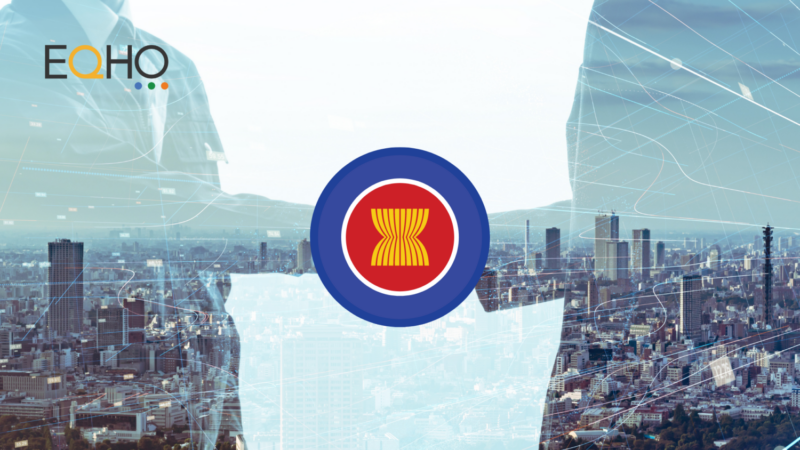The rise of the digital landscape has revolutionized the way many organizations carrying out training.
No longer do people have to be squeezed into a stuffy meeting room to watch a presentation, as high speed internet connections mean courses can be taken remotely and at their own leisure.
With only six per cent of the world native English speakers, it’s clear firms are being shortsighted if they only produce their training and eLearning materials in this language and it underlines the importance of localization.
Different markets will have different cultures and languages, so the content used in these markets needs to reflect this. Converting content into a native language alone is not enough, as graphics, color choices and image choices should also be relevant to the target audience.
However, firms need to make sure they are following best practice if they want the creation of these materials in different languages to run smoothly, and so we have some top tips.
Consult the experts
Make sure you use the skills on offer from a professional localization agency with demonstrated eLearning translation experience. They will not only be able to assess project assets for localization readiness but explain the four-step process of translation, editing, proofreading and quality assurance. Moreover, they can demonstrate when, where and how to implement certain translation QA steps, such as when and where to include provision of technical translation glossaries, style guides, audio pronunciation guides, in addition to linguistic and functional testing to ensure a flawless final output on the first pass.
Start at the source
Getting the source language document right is essential, as this will make the rest of the process much easier. By spending time on efficient planning, localization can be made efficient and cost effective. Issues such as text expansion and the effective use of images also need to be considered. As part of this, you should consider the layout of your document; for example, bullet lists are much more translation friendly than lengthy paragraphs.
Be image savvy
There are two reasons for choosing images carefully. Firstly, illustrative and instructive images reduce the amount of text that has to be translated. Secondly, selecting culturally-neutral images reduces the chances of faux pas. For example, a pound symbol will not be transferrable to all countries, while a handshake has different meanings throughout the world. You should also avoid embedding text in an image, as this means a new layered source file with the text restored as a separate layer will have to be created as the text cannot be extracted.
Avoid complex content integration
If you create content that uses different technologies, formats and tools, it’s likely to create a headache. Where possible, this should be avoided, as the more complex this stage is, the trickier the whole localization process will be. Examples of this include if audio is time-synched, or video comes with on-screen subtitles.
Think about text expansion
As we already know, a lot of languages will expand when being translated from English – German will expand by upwards of 20 per cent. This means navigation bars and menus could be affected if the translation process sees the phrases expand significantly. You should check your design and code to ensure longer texts can be supported, as if the text container is not flexible, you could have problems!



